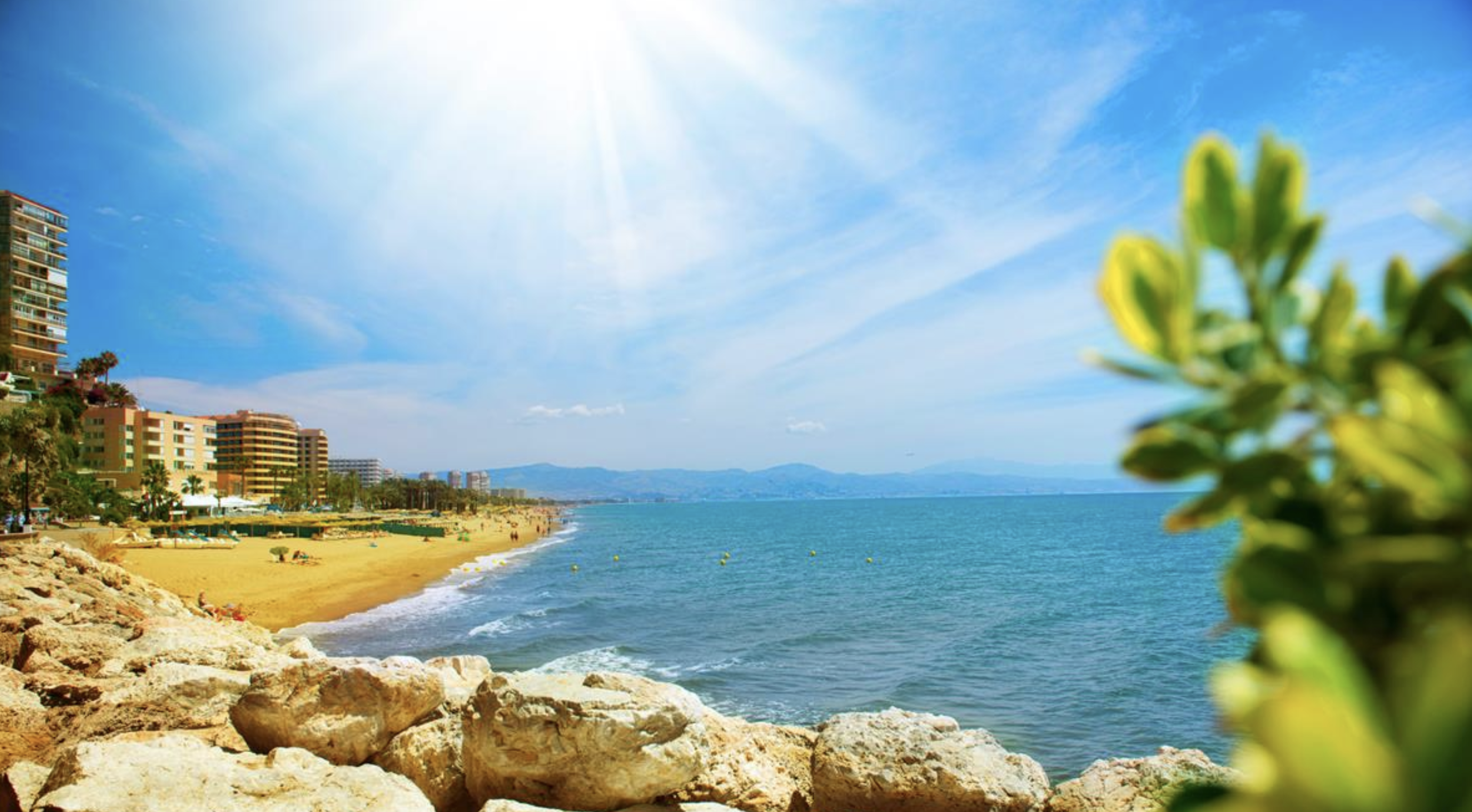The Costa del Sol, stretching along the southern coast of Spain, is famous for its sunny weather and mild climate. This region, part of Andalusia, attracts millions of visitors and expatriates each year, thanks in large part to its enviable weather conditions. Understanding what to expect from the weather year-round can help you plan your stay or relocation more effectively.
Spring (March to May)
Spring is one of the best times to visit or live on the Costa del Sol. The weather during these months is pleasantly warm, with average daytime temperatures ranging from 17°C (63°F) in March to 22°C (72°F) in May. Nights can be cooler, so it’s advisable to have a light jacket or sweater on hand.
- Sunshine: Spring enjoys plenty of sunshine, with around 8 to 10 hours of daylight each day.
- Rainfall: Rainfall decreases significantly as spring progresses, with March being the wettest month. However, showers are typically brief and infrequent.
- Activities: This is an excellent time for outdoor activities such as hiking, sightseeing, and exploring the picturesque towns and villages along the coast.
Summer (June to August)
Summer is the peak tourist season in the Costa del Sol, and it’s easy to see why. The weather is hot and dry, perfect for beach lovers and sunseekers.
- Temperatures: Daytime temperatures often exceed 30°C (86°F), with July and August being the hottest months. Coastal breezes can provide some relief from the heat.
- Sunshine: The region enjoys about 11 to 12 hours of sunshine per day, with virtually no rain.
- Nightlife: The warm evenings and vibrant atmosphere make summer the best time for enjoying the bustling nightlife, outdoor dining, and various festivals.
Autumn (September to November)
Autumn in the Costa del Sol is characterized by gradually cooling temperatures and a slight increase in rainfall. However, the weather remains generally pleasant.
- Temperatures: September can still be quite warm, with average highs around 27°C (81°F). By November, temperatures typically range between 14°C (57°F) and 20°C (68°F).
- Rainfall: Rainfall becomes more common in October and November, but it’s usually not enough to disrupt outdoor activities significantly.
- Tourism: This is a great time to visit for those who prefer fewer crowds and more moderate temperatures. The sea remains warm enough for swimming until late October.
Winter (December to February)
Winter in the Costa del Sol is mild compared to much of Europe, making it a popular destination for those looking to escape harsher climates.
- Temperatures: Daytime temperatures range from 13°C (55°F) to 18°C (64°F), while nights can be cooler, averaging around 8°C (46°F).
- Sunshine: There are still about 5 to 7 hours of sunshine per day, providing plenty of daylight for outdoor activities.
- Rainfall: Winter is the wettest season, particularly in November and December. However, rain showers are typically short-lived, and the region still experiences many dry, sunny days.
- Activities: Winter is ideal for golf, hiking, and exploring the cultural attractions of the region without the intense summer heat.
Microclimates in the Costa del Sol
The Costa del Sol features several microclimates due to its varied geography. Coastal areas generally have milder temperatures and more humidity, while inland areas can experience more significant temperature variations.
- Marbella and Estepona: These towns enjoy a slightly warmer and more humid microclimate, thanks to their sheltered positions between the mountains and the sea.
- Málaga: The capital of the Costa del Sol, Málaga, has a more urban microclimate, with slightly higher temperatures due to the urban heat effect.
- Inland Areas: Places like Mijas and Ronda, located further inland, can experience cooler temperatures, particularly at night, and slightly more rainfall.
Conclusion
The Costa del Sol lives up to its name, offering plenty of sunshine and a mild climate year-round. Whether you prefer the heat of summer, the mild warmth of spring and autumn, or the cooler but still pleasant winter months, this region provides an ideal climate for a variety of activities and lifestyles. By understanding the seasonal variations, you can better plan your visit or move to make the most of what the Costa del Sol has to offer.

